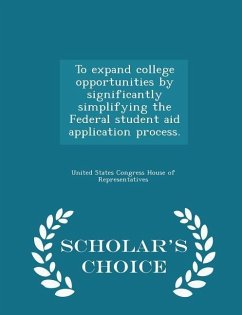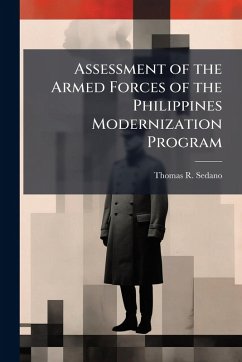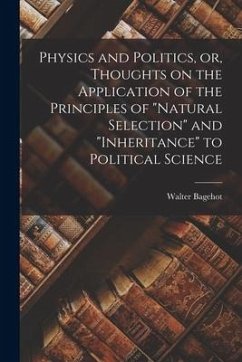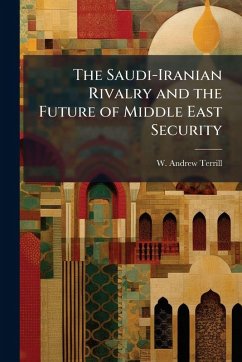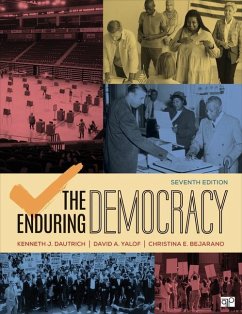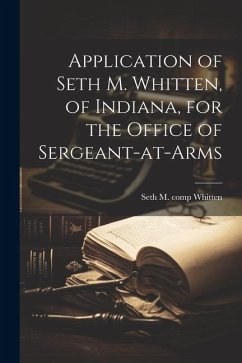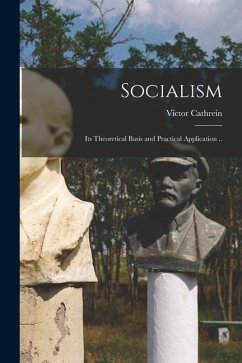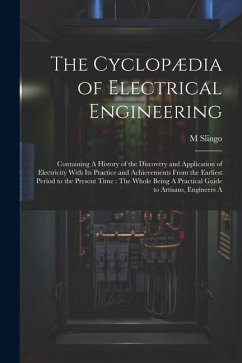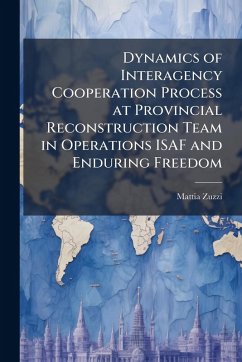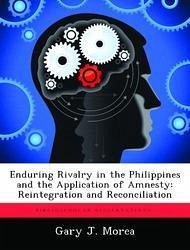
Enduring Rivalry in the Philippines and the Application of Amnesty
Reintegration and Reconciliation
Versandkostenfrei!
Versandfertig in über 4 Wochen
14,99 €
inkl. MwSt.

PAYBACK Punkte
7 °P sammeln!
Conflict in the Philippines has endured for five centuries. The contemporary conflict between the Government of the Republic of the Philippines (GRP) and the Islamic separatists in the Mindanao islands is the latest evolution of resistance in the Philippines. The GRP's enduring struggle with Islamic separatists has been exacerbated by the fits and starts at which the government attempts to arrive at negotiated settlements. Yet in this process, the GRP has experienced valuable lessons regarding the delicate combination of force, diplomacy and economic programs that are necessary in initiating a...
Conflict in the Philippines has endured for five centuries. The contemporary conflict between the Government of the Republic of the Philippines (GRP) and the Islamic separatists in the Mindanao islands is the latest evolution of resistance in the Philippines. The GRP's enduring struggle with Islamic separatists has been exacerbated by the fits and starts at which the government attempts to arrive at negotiated settlements. Yet in this process, the GRP has experienced valuable lessons regarding the delicate combination of force, diplomacy and economic programs that are necessary in initiating and sustaining peace. While the elements of amnesty, reintegration and reconciliation (AR2) have been exercised in the Philippines, they have not been implemented as part of a cohesive conceptual construct. In the year 2010, the Philippines will hold its next presidential elections. In two years, the GRP will have the opportunity to inject new energy and resources into their current dilemma, a new initiative for peace within the construct of AR2 can succeed if it is pursued with sincerity and energy. This work has been selected by scholars as being culturally important, and is part of the knowledge base of civilization as we know it. This work was reproduced from the original artifact, and remains as true to the original work as possible. Therefore, you will see the original copyright references, library stamps (as most of these works have been housed in our most important libraries around the world), and other notations in the work. This work is in the public domain in the United States of America, and possibly other nations. Within the United States, you may freely copy and distribute this work, as no entity (individual or corporate) has a copyright on the body of the work. As a reproduction of a historical artifact, this work may contain missing or blurred pages, poor pictures, errant marks, etc. Scholars believe, and we concur, that this work is important enough to be preserved, reproduced, and made generally available to the public. We appreciate your support of the preservation process, and thank you for being an important part of keeping this knowledge alive and relevant.



